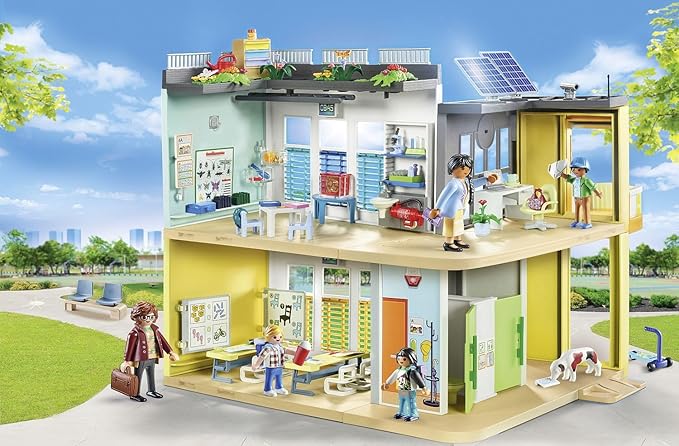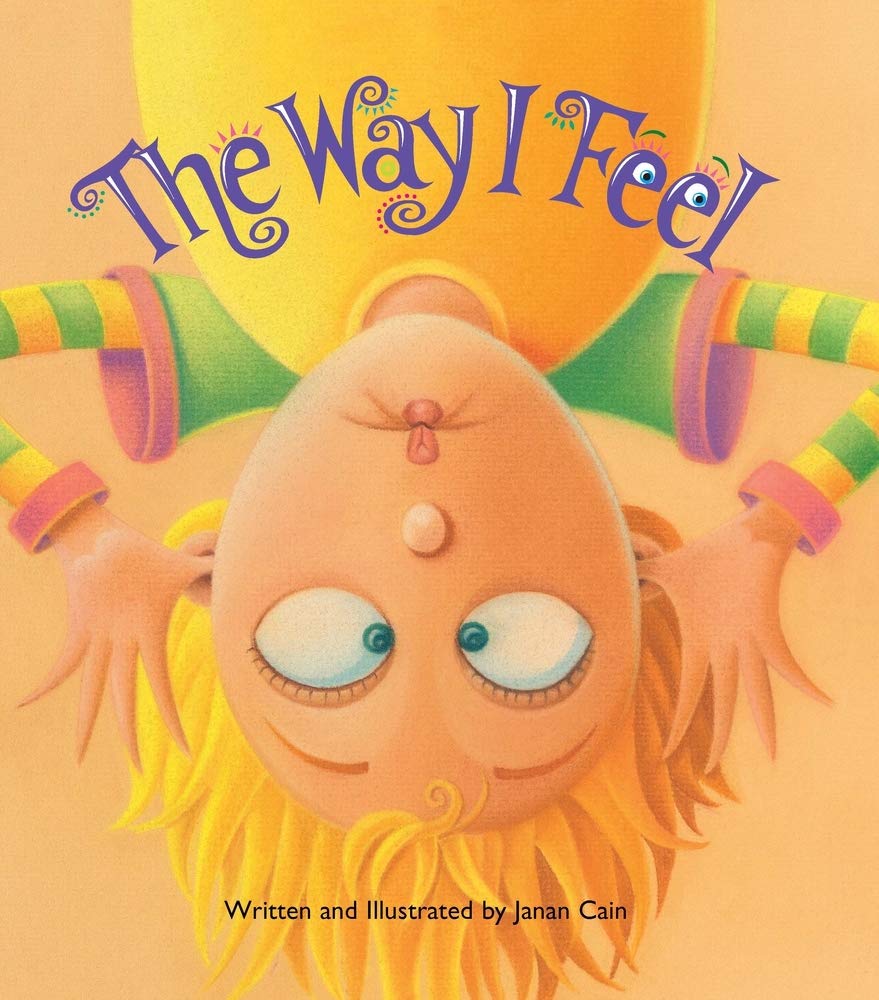Tips for helping children build friendships
Friendships are really important for children. Kids who have friends feel great about themselves, gain more confidence, perform better in school, and are more likely to become well-rounded adults. On the other hand, being alone can lead to isolation, sadness, poor health, and disciplinary issues.
It’s not unusual to hear parents expressing concerns about their children’s difficulties in making friends at school or their ongoing arguments and disagreements with existing friends. These struggles in developing friendships often stem from a variety of factors that hinder their efforts.
Some children naturally exhibit shyness, making it difficult for them to initiate or sustain social interactions with their peers. On the other hand, there are children who prefer things to be done exclusively according to their preferences, seeking attention and disregarding rules, which often causes other children to distance themselves. Additionally, certain children may display disruptive behavior, which not only annoys their peers but also leads to their isolation. These are just a few examples of the various factors that can affect children’s social relationships.
The following tips can assist parents in supporting their children’s efforts to build friendships. Some of the recommendations below are extracted from the book titled “The Power of Your Child’s Imagination: How to Transform Stress and Anxiety into Joy and Success” authored by Professor Charlotte Reznick, which achieved best-seller status in Los Angeles Times.
Tip 1: Take on the role of a supportive mentor.
Here are a few steps on how to take on this role:
- Foster open lines of communication: Create an atmosphere where your child feels at ease expressing their thoughts and emotions without the fear of being judged. Listen actively and attentively to their concerns, ideas, and experiences. This fosters trust and strengthens the bond between you and your child.
Example: During a discussion about a friendship issue, genuinely listen to your child’s perspective without interrupting or dismissing their feelings. Validate their emotions and acknowledge their experiences before offering any advice or suggestions.
- Cultivate empathy and understanding: Demonstrate empathy towards your child’s struggles and challenges. Endeavor to see things from their perspective, even if you may hold a different view. By showing empathy, you nurture a sense of belonging and create a safe space for your child to share their thoughts and emotions.
Example: If your child believes their friend made a mistake in a situation, rather than immediately correcting them, try to grasp why they feel that way. Pose open-ended questions, such as “Can you help me understand why you think your friend made a mistake in this situation?” or “ How do you think their actions may have affected you or others involved? These types of questions encourage them to express their thoughts and emotions, allowing them to explore different viewpoints.
- Avoid assigning blame and focus on problem-solving: Instead of pointing fingers, redirect the focus towards finding solutions and fostering a fresh start. Help your child understand that mistakes happen and provide opportunities for learning from them. Encourage problem-solving skills and empower them to take responsibility for their actions.
Example: If your child had a disagreement with a friend, refrain from blaming either party. Instead, assist them in identifying peaceful ways to resolve the conflict, such as suggesting they engage in a calm conversation or find a compromise that benefits both sides.
- Nurture confidence and independence: Convey to your child that you have faith in their abilities and trust their judgment. Encourage them to make decisions, take calculated risks, and learn from their experiences. When they feel supported and trusted, they are more likely to embrace change and be open to new ideas.
Example: Motivate your child to take the lead in organizing social activities or initiating conversations with peers. Express confidence in their ability to form friendships and remind them of their positive qualities that make them a wonderful friend.
- Stimulate imaginative thinking: Foster creativity and imaginative problem-solving by encouraging your child to think outside the box. Help them explore different perspectives and consider alternative solutions. This enables them to develop critical thinking skills and adaptability in various situations.
Example: When discussing friendship challenges, brainstorm imaginative ideas together with your child. Ask them to envision themselves in their friend’s position or to contemplate different approaches to the situation. Encourage them to generate creative solutions that could lead to positive change.
Tip 2: Encourage social skills development:
Teaching children social skills, such as active listening, empathy, and conflict resolution, can enhance their friendship-building abilities. Engage in role-playing exercises or provide opportunities for them to practice these skills in real-life situations.
Here are some examples on how to create role-play games to encourage social skills:
- Conflict Resolution: Act out scenarios where conflicts or disagreements arise between friends. Guide your child through various conflict resolution techniques, such as taking turns, active listening, expressing feelings calmly, and finding mutually beneficial solutions.
- Empathy Building: Pretend to be in different social situations, both positive and challenging, and have your child imagine themselves in the shoes of others. Encourage them to identify and express the emotions experienced by different characters, fostering empathy and understanding.
- Active Listening: Develop active listening skills. Start by creating a scenario where your child can express their thoughts and feelings while you demonstrate attentive listening. Engage in the conversation by asking relevant questions and providing supportive responses. Then, switch roles, allowing your child to practice being an attentive listener while you share your thoughts. This back-and-forth role-playing encourages the development of active listening skills and promotes understanding and empathy in social interactions.
- Friendship Initiation: Role-play scenarios where your child approaches a potential friend and initiates a conversation or play. Practice greetings, introductions, and finding common interests to help your child feel more comfortable in starting conversations and making new connections.
Remember, the goal of these role-playing exercises is to provide opportunities for your child to practice social skills in a safe and supportive environment. Offer guidance, feedback, and positive reinforcement throughout the process to reinforce their learning and build confidence in their social interactions.
Tip 3: Embrace simplicity through imagination.
Encourage your child to share with you their difficulties with peers. Prompt them to envision how they would prefer their peer interactions to be. Support their expression through drawings or writing, capturing both their current and future possibilities. Once they have a vision in mind, you can assist them in taking steps toward achieving their desired outcome. Whatever children visualize and mentally rehearse, they are more likely to bring into reality.
Here is an example on how a parent could embrace simplicity through imagination:
Imagine a child who is having difficulties with their peers and wants to improve their interactions. They might imagine a scenario where they are playing together in harmony, laughing, and having fun. They envision their peers being kind, inclusive, and understanding. In their imagination, they see themselves confidently joining group activities, sharing ideas, and feeling accepted by their peers. They might imagine moments of cooperation, support, and friendship.
Through drawings or writing, the child can capture both their current experiences and their desired future possibilities. They can create a visual representation of their imagined scenario, illustrating the positive interactions and emotions they hope to experience with their peers.
With this vision in mind, the child and their parent can work together to develop strategies and take steps towards achieving their desired outcome. They can discuss ways to approach their peers, communicate their needs, and engage in activities that promote positive interactions. By mentally rehearsing and visualizing these positive scenarios, the child is more likely to bring them into reality and improve their peer relationships.
Tip 4: Explore different scenarios.
Engage in conversations about how to reconcile with problematic friends or initiate connections with new ones. Collaborate on role-playing activities or create practice scripts together. Encourage your child to imagine their ideal “friendship show” and envision what the final outcome would look like. Additionally, you can play your part in addressing any difficulties you have noticed your child experiencing. For instance, if your child is shy, you can portray confidence during the role-playing exercises.
Some examples of the different scenarios that could be explored are:
- Attempting to mend a strained relationship with a difficult friend who is unwilling to reconcile.
- Seeking reconciliation with a friend who is receptive and eager to find a resolution.
- Striving to resolve a conflict with a friend who appears indifferent, neither confrontational nor interested in resolving the issue.
- Trying to establish a friendship with someone who exhibits no interest in cultivating a relationship.
- Making an effort to form a friendship with an individual who is open to the idea and willing to foster a connection.
- Attempting to build a friendship with someone who displays limited enthusiasm for forming a bond, yet does not outright reject the notion.
- Trying to reconcile with a friend who has been avoiding you.
- Trying to make a new friend who is initially hesitant but warms up over time.
Tip 5: Reframe the concept of games.
When a child becomes overly competitive, it can deter others from playing with them. As your child develops their friendship skills, promote cooperation by shifting the focus. Asking questions like “Who won?” or “Who was the fastest?” inadvertently fosters competition. Instead, inquire whether they had fun or if the team worked well together. It’s not necessary to ignore the notion of winning; just avoid prioritizing it excessively. This way, your child will learn that games can encompass more than just winning.
Here are some examples of questions that can be used in a conversation to reframe the concept of games:
- “How did everyone contribute to the game today?”
- “Did you notice any moments when the whole team worked together as a unit?”
- “What were some positive interactions you had with your teammates during the game?”
- “Tell me about a time when you felt proud of the team’s efforts, regardless of the outcome.”
- “What strategies did you and your friends use to support each other during the game?”
- “Did you enjoy the experience of playing as a team?”
- “How did it feel when everyone was working together towards a common goal?”
- “What did you learn about cooperation and teamwork from today’s game?”
Tip 6: Create a list of friends.
Encouraging your child to create a list of friends can be a valuable resource. If one friend is unavailable to play at a given time, your child can consult their list to find someone else who might be more available and willing to join in the activity.
Remember, every child is unique, so it’s important to tailor your approach to their individual needs and personality. By implementing these strategies, you can strengthen your relationship with your child and empower them to navigate friendships and challenges with confidence.
REFERENCES:
Reznick, C. (2004). The Power of Your Child’s Imagination: How to Transform Stress and Anxiety into Joy and Success. Los Angeles: Tarcherperigee.




